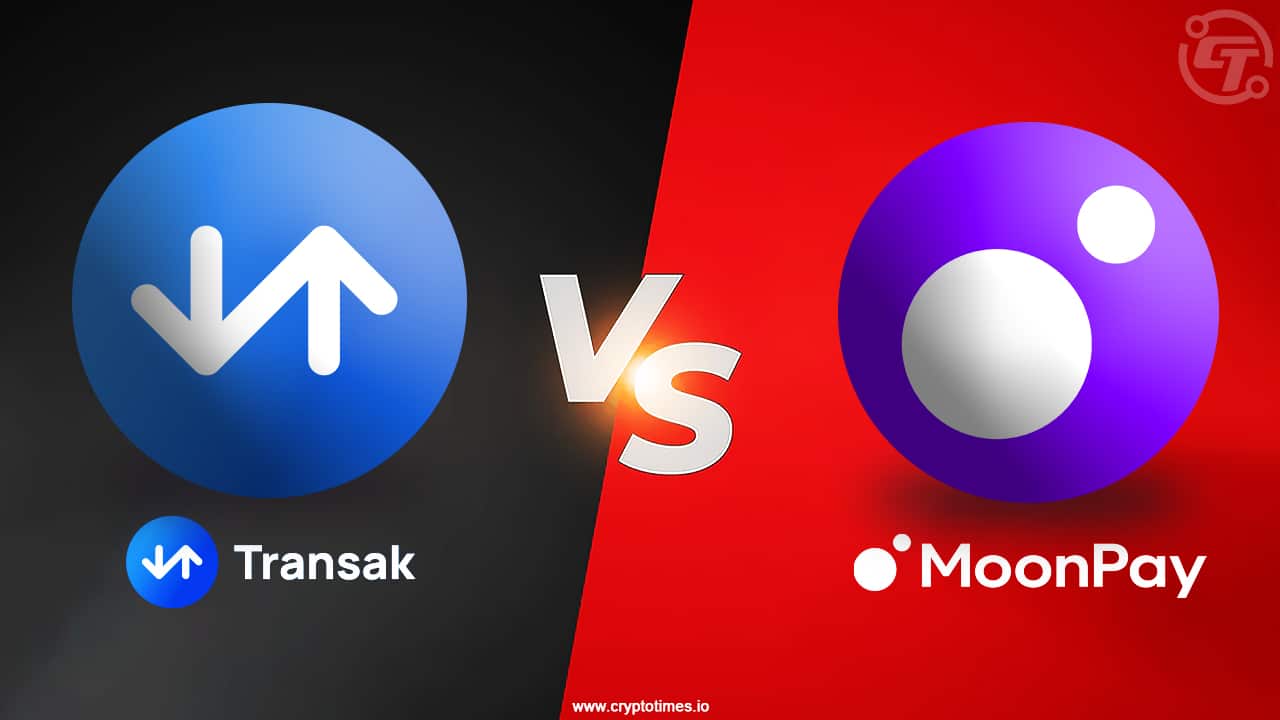Unlocking the Gateway: Simplifying Access to web3 for Everyone
Stepping into the realm of decentralized applications (dApps) opens up a universe of innovation and freedom. However, the path to this futuristic digital world can often be laden with obstacles for newcomers. A vital challenge is bridging the gap between traditional fiat currencies and the cryptocurrencies that power these dApps. It’s essential to not just lure users into this new world, but also to streamline their entry.
To this context, crypto on-ramp services like Transak and Moonpay emerge as modern-day gatekeepers, facilitating a smoother transition into web3 by integrating the buying and selling of crypto directly into dApps. This ingenious integration abolishes the need for novices to wander through the complex maze of crypto exchanges, presenting a direct, in-app avenue to embrace cryptocurrencies.
Simplifying the procurement of cryptocurrencies this way significantly ups the odds of successfully onboarding new entrants into the ecosystem. Transak and Moonpay, leading the charge, have become integral to the developer’s arsenal, ensuring user’s first steps into web3 are as effortless as possible.
Transak vs Moonpay: How Do They Compare?
While both Transak and Moonpay endeavor to simplify entry into the crypto sphere, they are not mirror images of each other. Each comes with its own set of strengths, designed to cater to various developer needs and user preferences. It’s paramount that developers dwell into these distinctions to cherry-pick the on-ramp that aligns best with their dApp’s ethos and user base requirements.
About Transak
Transak emerges as a robust platform offering a plethora of 173 cryptocurrencies. Its versatility extends to supporting 76 fiat currencies and an array of 17 payment methods including credit/debit cards and mobile payment solutions. While Transak boasts a global reach of 169 countries, its straightforward KYC process and instant payout options make it a highly appealing choice for users and developers aiming for quick and comprehensive crypto transactions.
The platform’s developer-friendly integration options and minimal transaction fees further enhance its attractiveness, offering more than just a gateway but a comprehensive ecosystem supporting fiat to crypto transitions and even venturing into nft checkouts and DeFi interactions.
About Moonpay
Moonpay, though offering a narrower spectrum of 123 digital assets, marks its territory with the exclusive integration of PayPal – a widely adopted payment method. Its reach spans 158 countries and supports 34 fiat currencies, catering well to a global audience. Moonpay’s incremental KYC process, albeit more stringent, ensures a secure transaction environment, with the added benefit of instant withdrawals through specific payout methods.
Despite fewer payment and payout options than Transak, its straightforward integration and an adaptable affiliate program make Moonpay a viable contender, especially for those prioritizing PayPal compatibility and incremental user verification processes.
Which crypto On-Ramp Is Best?
When pitting Transak against Moonpay, it’s obvious that Transak holds the edge in terms of cryptocurrency variety, fiat currency support, global reach, and payment methods. Its user-friendly KYC process and more accessible transaction fees position it as a more universally compatible gateway into web3.
Nevertheless, Moonpay has its unique strengths, particularly in supported payout methods and the flexibility of its affiliate program, along with an exclusive PayPal integration and a broader product portfolio beyond just crypto on- and off-ramps.
Ultimately, the choice between Transak and Moonpay should be dictated by the specific needs of the dApp and its target audience. Both platforms stand out for their reliability and ease of use, aiming to make the crypto world more accessible. However, Transak’s diverse functionality and more accommodating features slightly tip the scale in its favor for those seeking a broad-reaching solution.
In conclusion, the evolution of crypto on-ramp services like Transak and Moonpay is a testament to the growing need for seamless integration of cryptocurrency transactions within dApps. By carefully evaluating their offerings against the needs of their user base, developers can ensure they select a service that not only enhances user experience but also fosters wider adoption of their applications. Whichever service they choose, the ultimate goal remains to demystify and democratize access to the burgeoning world of web3.
